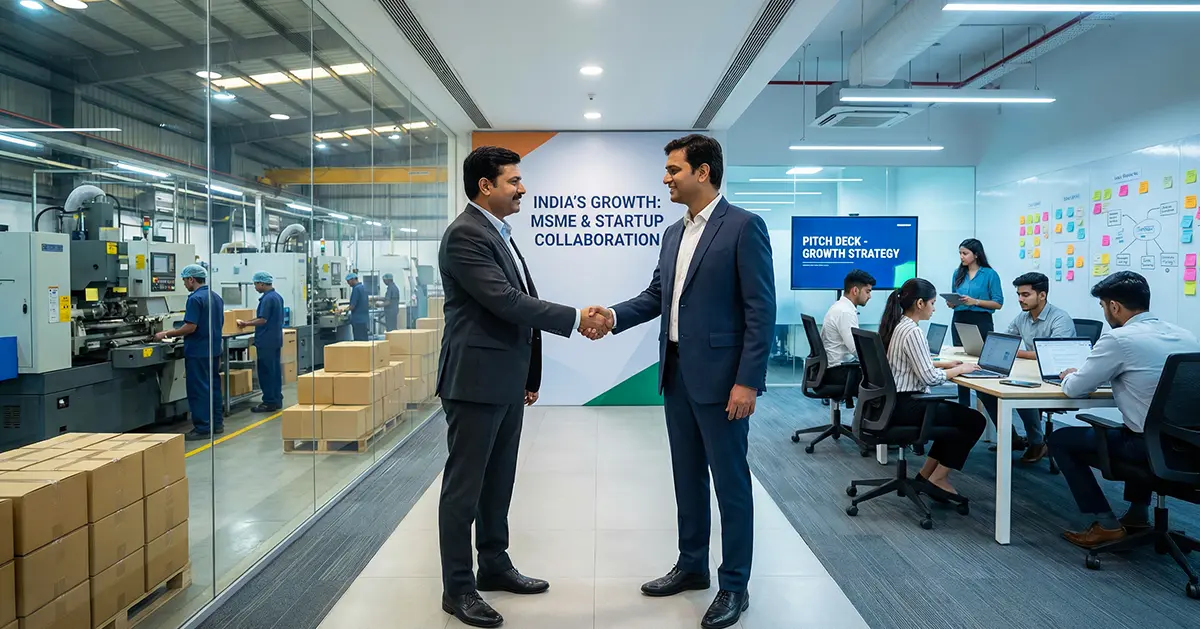
Introduction
The Indian food industry has experienced a profound change in the last couple of years, and one of the most revolutionary that has surfaced is virtual kitchens or, as they say, cloud kitchens or ghost kitchens. They have found a niche for themselves by catering to growing demand for online food delivery. Although the virtual kitchen model may seem to be a very contemporary trend, it has actually been building up quite significantly across the world for quite some time now. This curve of growth in India, however, is mainly driven by altered consumer behaviours and technological advancements. The health issues triggered by the pandemic reduced the willingness to dine out, further hastening the shift. Virtual kitchens are cost-effective and scalable for even new entrepreneurs as well as established restaurant owners.
What is a Virtual Kitchen?
A virtual kitchen is basically an eatery where food is prepared and issued to a consumer, without owning or operating any kind of space for dining. Unlike a regular restaurant which owns a kitchen and also a different space used to dine, virtual kitchen essentially specialises just in the preparation and delivery of food. Without a dine-in facility and storefront, overhead cost is greatly reduced, which will make the business highly attractive to restaurateurs.
The Legal Framework for Virtual Kitchens
Although the virtual kitchen seems to be far less hassle-some compared with running a proper restaurant, legal requirements still need to be satisfied. Such requirements in India will be less stringent compared with a traditional restaurant but are of high significance for running the business efficiently and legally.
One of the minimum legal requirements is to obtain an FSSAI (Food Safety and Standards Authority of India) food licence. This licence will make sure that all the food prepared in the kitchen is produced strictly according to the safety standards implemented by the government. Another licence to be considered is the trade licence, which will be issued by the local municipal authority. This ensures the business will be conforming to all local authority regulations and that its activities are lawfully conducted in the locality. Another vital legal issue will relate to trademarks for the protection of business intellectual properties and obtaining fire and safety licences in respect of the kitchen being satisfied with safety requirements. A shop and establishment licence and environmental clearance may also be required, depending upon the size of operations.
Why Virtual Kitchens Are Gaining Popularity
The virtual kitchen model is in high demand for a myriad of reasons, especially since the COVID-19 pandemic. People started getting cautious and informed of their eating habits and opted for food delivery instead of going out and dining. Virtual kitchens emerged as an easy solution to fill this demand amid challenges for traditional restaurants due to a supposed diminishment of their seating capacity while remaining in compliance with social distancing norms during the pandemic. Virtual kitchens are supposed to work 100% online, so they can better face the situation. Another beautiful feature of the virtual kitchen model is that it keeps the overheads at a very lower level. Traditional restaurants incur high expenses, such as rent for a storefront, utilities, and wages for front-of-house employees. Virtual kitchens save much of these costs because they do not have to have a dining area.
Marketing and Customer Reach
Whereas traditional restaurants rely on the actual presence, virtual kitchens rely on online presence. This allows them to reach many more people through targeting their segment through online marketing strategies. In fact, social media has been the greatest tool for advertising a brand of virtual kitchen. Proper marketing strategies can target any specific demographic and make the business have an immense presence in the online world without investing heavily in conventional forms of advertising. Virtual kitchens can also reach out to a wide customer base through food delivery portals such as Swiggy and Zomato, leveraging on a built-in user base and delivery infrastructure.
The Future of Virtual Kitchens in India
There’s a booming online food delivery market in India, and the virtual kitchen business model is ready to boom. The cause for this growth has been reflected in increasing digital payments, rising internet penetration, and an ever-decreasing preference for convenience. Virtual kitchens are easier to offer as they allow the owners of restaurants to react accordingly with a dynamic market and changing customer preferences. Virtual kitchens are also viable options for established eateries looking to extend their reach to a broader market while new entrepreneurs do not have capital to invest in a full-fledged restaurant. Virtual kitchens, because of the lower start-up costs and streamlined operational models, are going to grow for sure in the next coming years.




